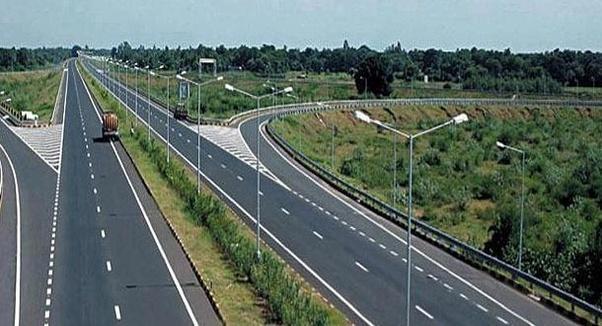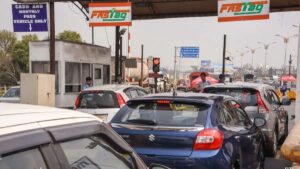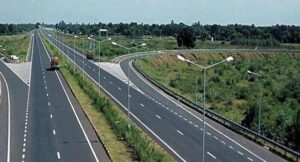New QR Code Signboards to Offer Real-Time Highway and Emergency Information for Travellers

New QR Code Signboards to Offer Real-Time Highway and Emergency Information for Travellers
Travelling on India’s national highways is set to become a lot more informed and digitally connected, thanks to a fresh initiative by the National Highways Authority of India (NHAI). In a major step towards enhancing road safety, transparency, and convenience for commuters, NHAI is preparing to roll out project information signboards embedded with QR codes across the national highway network. These digital signboards will serve as an instant gateway to essential details for anyone on the road — from real-time project updates to emergency support and nearby utility services.
According to the Ministry of Road Transport and Highways, this move is designed to support the concept of “ease of commuting” by offering a seamless way for highway users to access critical information with just a scan. The vertical-format signboards will display specific data such as the highway number, chainage (precise location), the total length of the stretch, as well as construction and maintenance timelines. More importantly, they will give commuters immediate access to emergency helpline numbers, including 1033, along with direct contact details for on-ground personnel like the highway patrol, toll plaza managers, project engineers, and NHAI field offices.
These QR codes aren’t just about project data — they’ll also unlock a digital directory of crucial nearby facilities. By scanning the code, travellers can view the locations of hospitals, petrol stations, public toilets, police stations, restaurants, vehicle repair shops, toll plazas, EV charging points, and designated truck parking bays. This is particularly helpful in emergencies, where locating the nearest service can make all the difference.
To ensure easy visibility and access, these signboards will be strategically installed at multiple points along highways — including toll booths, rest stops, truck lay-byes, wayside amenities, and at the beginning and end of highway stretches. NHAI officials emphasized that this initiative is a part of the broader goal to modernize the highway experience by integrating digital tools into road infrastructure, thereby making highway travel more user-friendly, transparent, and secure.
In a parallel development, the Ministry of Road Transport and Highways has also announced significant changes to the country’s toll payment rules. Starting November 15, 2025, drivers without a working FASTag will no longer be required to pay double toll fees if they opt for digital payments. Instead, such users will be allowed to pay just 1.25 times the standard toll rate if payment is made via UPI. However, those choosing to pay in cash will still be charged double, as per the revised National Highway Toll (Determination of Rates and Collection) Rules, 2008. This update is aimed at boosting digital transactions while discouraging cash handling at toll plazas.











